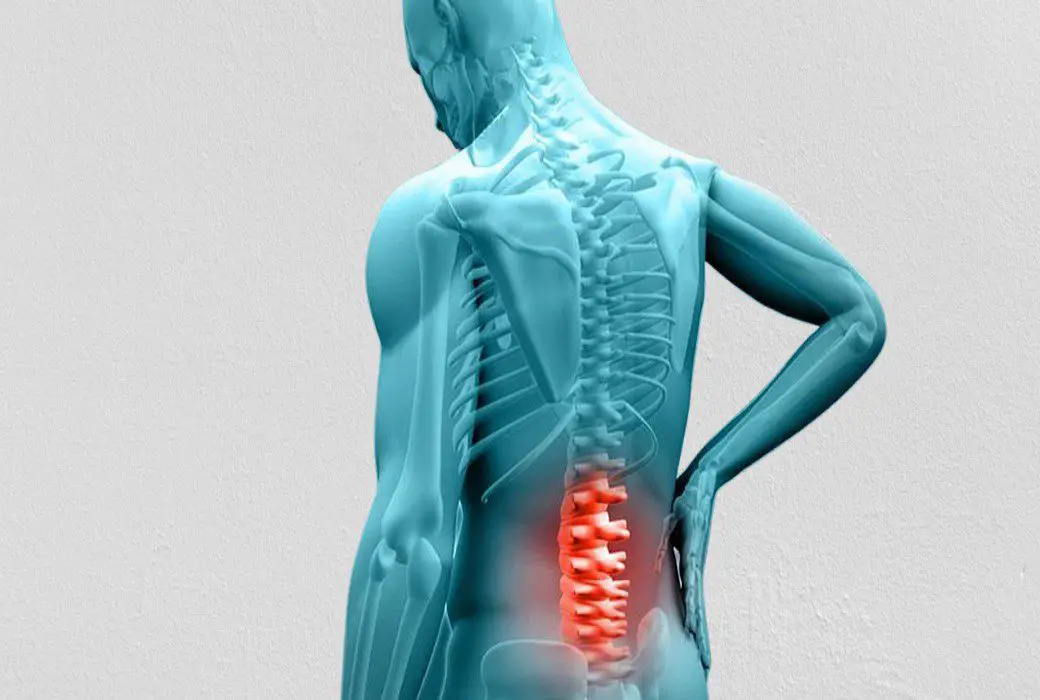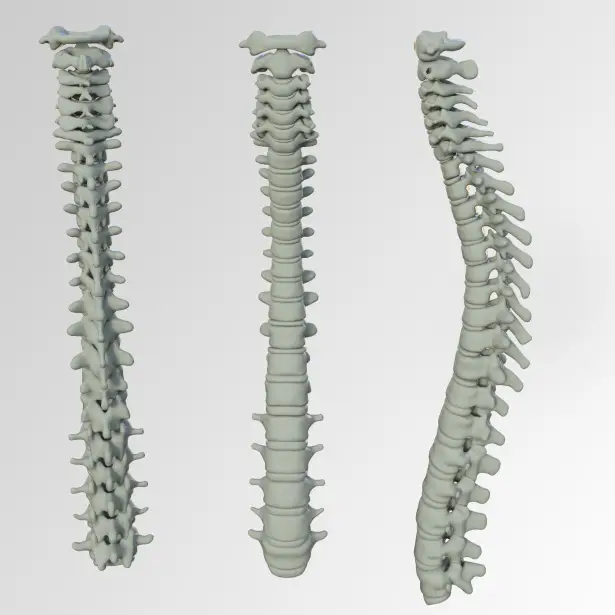
Many people who learn about inversion table therapy and the positive benefits associated with it end up buying their own table for home use. This way, they’re able to use their table when time allows, as often as they want, for as long as they want. However, one of the first things they must learn is how to use the inversion table properly. Incorrect use will result in exacerbated symptoms or even injury.
Getting Started
Before you run out and buy the best inversion table we recommend first meeting with your doctor to discuss whether or not inversion therapy is right for you. Often, treatment is not recommended for people with glaucoma, heart disease, and hypertension, because it can negatively affect blood pressure.
Once your doctor has given the okay, shop around and look for a table that comes with the features you need. Once your table arrives, make sure you carefully read the instruction manual before you try inversion therapy for the first time.
If you’re new to inversion therapy, we recommend you start off slowly. Try not to overdo it, otherwise you may experience an increase in pain and discomfort.
Your first time, make sure someone is with you. This way, if you run into any problems working the table or getting off of it, your standby person can help.
[box]Make sure you have the table securely positioned on a flat surface. Double check to make sure that the table has been assembled properly and tightened. Experts recommend checking the table each time you use it to ensure that no components have come loose.[/box]What you wear during treatment also matters. When you use your inversion table, always wear shoes. We recommend athletic shoes, which can help to secure your feet properly. Shoot for clothing that’s comfortable and won’t constrict you as you move.
The table should be properly adjusted based on your height. Your head should lay comfortably on the table and shouldn’t hang over the edge. If it does, you need to readjust it. Check out the instruction manual to learn how to make this type of adjustment.
Before you begin, place the table at the desired angle. Always begin by using a slight angle. Most models will begin at just ten degrees. Try the lowest angle before you try a more aggressive position.
Your First Inversion Therapy Session
Now you’re ready to get into position. Lift your feet one at a time, placing them on the steps. Your feet should be secured based on the manufacturer’s instructions. Check to ensure that all of the straps are working properly and are secure before you start treatment.
The straps should also feel comfortable. If you find the straps uncomfortable, make the proper adjustments before you invert.
Next, use the handles or straps to slowly invert into the desired position. If you’re new to inversion therapy, it can take your body time to adjust to treatment, so you may only want to use the table for a few minutes your first time.
If you’re able to, raise both of your arms above your head. This will allow the spine to enjoy a full stretch.
Relaxing During Treatment
During treatment, try to relax, taking deep breaths. Being suspended upside down can feel stressful the first few times. Breathing deeply can help to oxygenate the body while slowing your heart rate.
Once your session is done, use the handles or straps to pull yourself back in an upright position. This should be done slowly, in order to prevent becoming lightheaded. Once you’re fully upright, make sure you rest for a couple of minutes in order to steady yourself, before you begin undoing the straps and climbing off the table.
Beginners won’t want to invert for longer than a few minutes, at most. After five to six sessions, you’ll start to feel more comfortable, so you can begin to add more time each session. Typically, after the first month people increase their sessions by ten or twenty minutes.
What Type of Results Can I Expect?

Most people report that they begin to feel better during treatment, but the pain often returns shortly after. Long lasting results will depend on how frequently use the table. It can take several weeks for the human body to repair itself. Begin slowly, focus on consistent treatment, and you’ll begin to enjoy lasting results in a matter of weeks.
Treatment Frequency
Treatment frequency can depend on a wide range of factors including your initial response to treatment, your condition, and pain level. Some people prefer to invert two to three times a day because, for some, therapy can be very refreshing and can also provide immediate pain relief, especially for people who are stuck sitting behind a desk all day.
Inversion Angles
As we mentioned, the incline angle should be gradually increased. Some experts recommend spending one to two weeks at each angle. In order to fully decompress the spine, you must place the table at a sixty-degree angle at least. While most tables can invert up to one hundred and eighty degrees, the average inversion table user will stay at a sixty-degree inversion angle.
How Long is Treatment Needed?
There’s really no guidelines in place regarding how long treatment sessions should last. On average, treatment typically lasts only ten minutes. Most physicians recommend stopping a session the minute you begin to feel any type of discomfort.
Basically, you must be careful not to overdo it. Pace yourself. Many inversion table users report that while they may feel good during treatment and for a short period after, overuse of inversion therapy can cause severe pain and discomfort that’s often not apparent immediately after treatment. After treatment discomfort tends to appear several hours later. Which is why it’s so important to time each session and immediately halt treatment as soon as you notice a change in your comfort level.
Final Thoughts
There are many benefits you can enjoy with consist use, but learning how to use an inversion table correctly, and following your doctor’s instructions closely, will play a major role in treatment success.



